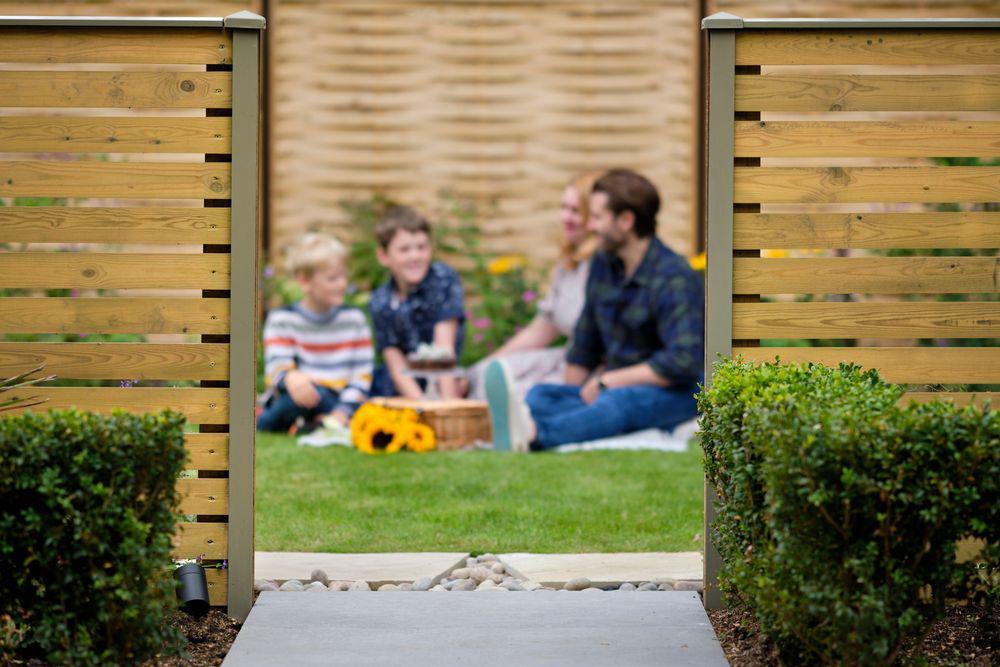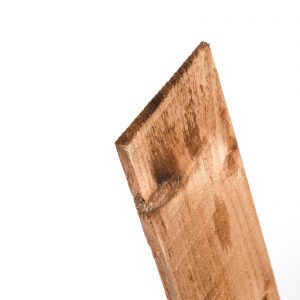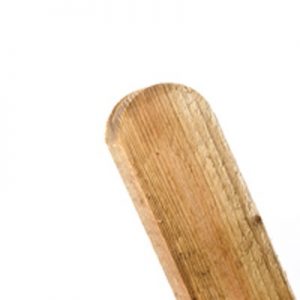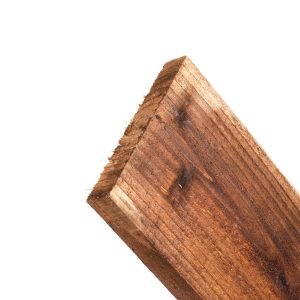Fencing Tips to Boost Curb Appeal and Make Your Fence Panels Last
Timber fence panels do more than just defining boundaries, they add real character to your outdoor space and help define your property’s look. However, with the UK’s changeable weather, keeping your fence panels in good condition takes more than luck. Instead, it requires a little know-how and a consistent care routine.
Whether you’re a DIY-savvy homeowner or a contractor managing client projects, this guide is packed with practical, down-to-earth fencing tips, covering everything you need to know about timber fence maintenance. It covers everything from cleaning and oiling to repairing and protecting your timber fence panels, ensuring they stay strong and sharp-looking year after year.
Why Timber Fence Panel Maintenance Matters
Prolong the Life of Your Fence Panels
A well-maintained timber fence panel will last for 15 to 20 years. Ignore it and it could need replacing in a decade. Regular maintenance is therefore recommended. Not only does it extend the life of your fence, but it also helps your panels withstand rain, sun, frost, and encroaching plants.
To get the most use out of your fence, make these habits part of your routine:
- First of all, clean off dirt, algae, and debris regularly.
- Additionally, use pressure-treated timber wherever possible.
- Then, apply oil-based treatments at least once a year.
- Lastly, install gravel boards to lift panels away from damp soil.
Prevent Expensive Repairs To Fence Panels
In addition to prolonging lifespan, maintenance also prevents expensive repairs. A loose screw or a broken board may appear trivial at first, but such issues can escalate quickly. Thus, being proactive is crucial.
Below are some quick wins to stay proactive before trouble arises:
- Regularly replace or tighten loose screws.
- Regularly check for early signs of rot or insect attack.
- Consider adding Postsaver sleeves to protect posts below ground.
- Moreover, keep an inspection schedule every 2–3 months.
Cleaning Timber Fence Panels
What to Use
During cleaning, the right tools make all the difference. Not only do they help preserve your fence’s finish, but they also reduce the chance of causing accidental damage.
Recommended cleaning items include:
- Warm water mixed with a mild detergent
- White vinegar solution (1 part vinegar and 4 parts water)
- A stiff brush or soft broom
- A low-pressure hose or washer (less than 2000 psi)
Conversely, avoid using:
- Harsh chemicals like bleach
- High-pressure washers that can damage the wood grain
If stains are extra stubborn, particularly after a wet winter, try a specialised eco-friendly timber cleaner.
Fence Panel Cleaning Routine by Season
To keep your fence looking fresh, follow a simple seasonal schedule:
Spring
- Begin with a good clean to remove built-up grime from winter.
- Inspect for mould or frost damage at the same time.
Summer
- Give it a gentle wash to remove pollen and dust.
- Reapply oil if the timber appears dry or faded.
Autumn
- Clear away fallen leaves and plant debris.
- Ensure gravel boards aren’t trapping moisture.
Winter
- Remove any snow accumulation promptly.
- Tighten screws and fixings in preparation for storms.
By doing this for all seasons, you’re going to prevent issues before they become a problem. In the long run, it will keep your fence looking good and functional.
Fence Panel Inspection & Repairs
Common Problems to Look Out For On Fence Panels
Regular inspections not only protect your investment but also give peace of mind. Ideally, walk the fence line every couple of months and check for:
- Loose or rusted screws
- Cracked, warped, or split boards
- Rot at the base of posts or panels
- Insect damage like holes, sawdust, or softness in the wood
Tools & Materials Checklist
Before making repairs, ensure that you have the right tools to effectively get the job done.
Tools:
- Hammer
- Screwdriver or drill
- Saw
- Tape measure
Materials:
- Replacement timber boards
- Exterior-grade stainless steel screws or nails
- Wood preservative or oil treatment
And, for replacements or upgrading:
- Use pressure-treated timber for extra longevity.
- Swap out rotten posts for DuraPost metal posts.
- Always use Postsaver sleeves to protect buried timber sections.
Overall, having the right tools at your fingertips ensures that you can repair little issues before they become large ones.
Treating Fence Panels with Oil-Based Products
Just like your skin needs moisturising to stay healthy, wood needs oil to maintain its strength and flexibility. As a result, treating your fence is a key part of long-term care.
Why Oil is Best For Fence Panels
Compared to water-based treatments, oil-based treatments have several key benefits:
- They penetrate deep into the wood grain.
- They lock out moisture and prevent cracking.
- They protect against UV rays and weathering.
- They keep the wood flexible and less prone to splitting.
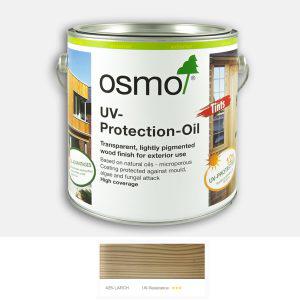 What to Use
What to Use
Depending on the effect you wish to attain, you can use:
- Clear timber oil: Maintains natural colour.
- Tinted oil-based stains: Adds colour while protecting.
- Preservatives with fungicide: Stops rot and algae from starting in the first place.
For product ideas, see OSMO Paints for natural and sustainable timber treatments.
How to Apply
To use timber oil to best effect, do the following:
- Begin by cleaning the fence and allowing it to dry properly.
- Stir the oil thoroughly before applying.
- Apply using a brush, roller, or sprayer following the direction of the wood grain.
- Let the treatment dry for 24–48 hours.
- On new or extremely dry wood, thin the initial coat 50/50 with white spirit.
If you get it right, oiling not just protects your fence but also enhances its natural appearance. So, this is one of the best investments you can possibly make in fence maintenance.
Plants & Your Fence Panels
While plants can contribute to your garden’s beauty, they can cause serious damage to timber panels if planted too near. So, a balance needs to be struck.
Tips for Fence-Friendly Planting
In order to keep your fence safely in place yet still have lovely landscaping, follow these tips:
- Have 50–100mm between plants and the fence for airflow.
- Don’t plant climber plants like ivy; they trap moisture and damage panels.
- Use a free-standing trellis if you like climbers.
- Keep shrubs regularly trimmed so they don’t become too large.
- Make sure soil doesn’t build up against the base of the fence.
Ultimately, a few careful choices will allow you to have both healthy plants and long-lasting fencing.
Seasonal Fence Panel Maintenance
To keep things simple, refer to the following quick-reference guide throughout the year:
Season | What to Do |
|---|---|
Spring | Deep clean, inspect panels, apply oil-based treatment |
Summer | Clean panels, maintain plants, re-treat with oil if needed |
Autumn | Clear leaves, check fixings, maintain gravel boards |
Winter | Inspect for frost damage, secure fittings |
You could also set reminders in your phone or print a checklist to keep your maintenance routine on track.
Contractor-Approved Tips
If you’re aiming for a professional finish, consider these tips from experienced contractors:
- Always use pressure-treated timber or DuraPost metal posts for durability.
- Add Postsaver sleeves before putting posts in the ground to avoid rot.
- Opt for concrete or composite gravel boards in damp or high-traffic areas.
- Choose stainless steel fixings to avoid rust.
By following these tips, you’ll ensure your fencing stands up to both time and weather. As a result, your maintenance efforts will pay off for years to come.
 Final Thoughts & Next Steps
Final Thoughts & Next Steps
Now that you know how to take care of timber fence panels, why not put these tips into practice?
Need supplies? Browse our handpicked recommendations for timber oils, gravel boards, DuraPost systems, and essential tools to help maintain your fence year-round.
With the right care and attention, your fence won’t just survive the British weather — it’ll thrive for years to come.

